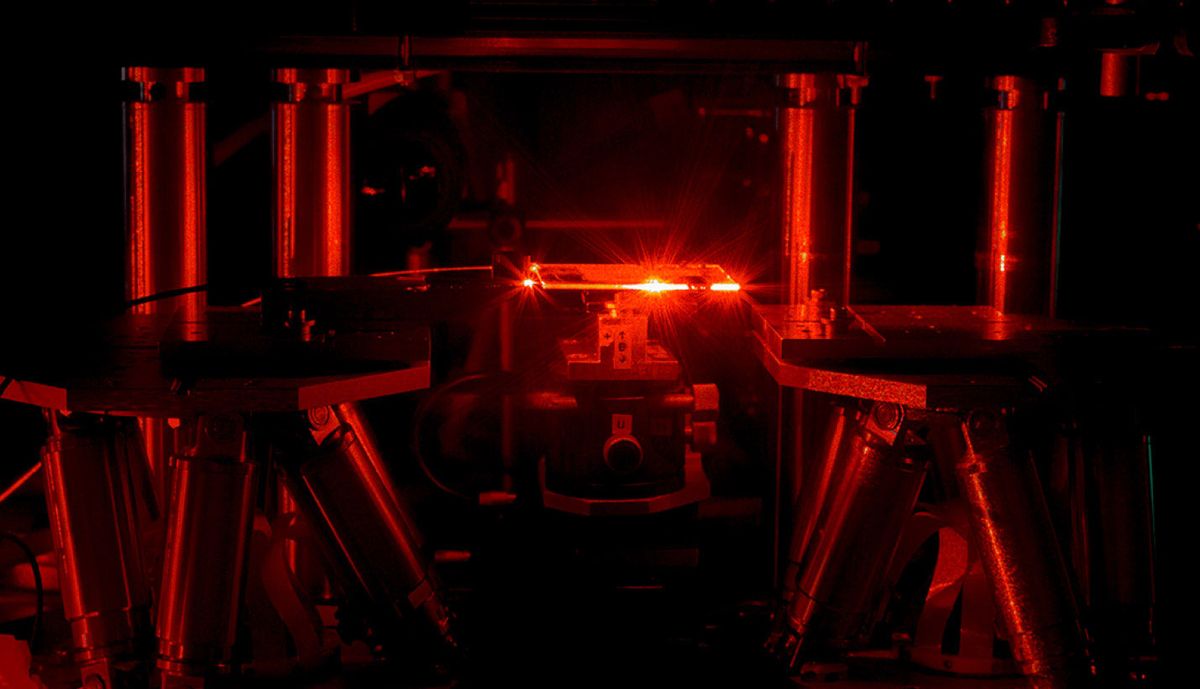⚠️ Security Warning: This is a non-standard cryptographic hash function. It has not undergone peer review or formal cryptanalysis. It is provided for academic, research, and performance demonstration purposes only. DO NOT USE THIS FOR PRODUCTION CRYPTOGRAPHY.
This repository contains a state-of-the-art C implementation of SHA-2048, a hypothetical hash function built upon the principles of the NIST standard SHA-512. It is designed to showcase advanced optimization techniques and explore a novel method for scaling hash function designs.
The algorithm produces a 2048-bit (256-byte) digest from an input of any size.
This isn't just a simple C file; it's a high-performance engine featuring:
- 🚀 AVX2 Vectorization: The core compression logic is heavily optimized using AVX2 SIMD intrinsics, processing a massive 2048-bit state in parallel for maximum throughput.
- 🧠 Runtime Dispatch: The code automatically detects the host CPU's capabilities at runtime. If AVX2 is present, it uses the ultra-fast vectorized code path. If not, it seamlessly falls back to a portable and correct scalar C implementation. One binary, best performance.
- 🔧 "Four Interlocking Gears" Design: A novel architectural concept that manages the 2048-bit state as four parallel 512-bit "gears" that are interlocked to ensure full diffusion and avalanche effect.
- ✅ Self-Validation: Includes a known-answer test to verify correctness on both the scalar and AVX2 code paths.
A core challenge in designing a hash function with a very large internal state (like 2048 bits) is ensuring that a small change in the input affects the entire state. Simply running four SHA-512 instances in parallel would be insecure, as they would never mix.
This implementation solves this with the "Four Interlocking Gears" model.
-
The State: The 2048-bit state is divided into four 512-bit "gears." Each gear is a set of 8 x 64-bit working variables (a, b, c, d, e, f, g, h), just like in standard SHA-512.
- Gear 0: state[0]...state[7]
- Gear 1: state[8]...state[15]
- Gear 2: state[16]...state[23]
- Gear 3: state[24]...state[31]
-
The Interlock: The innovation is in the "interlock" mechanism. In each round, the calculation for a gear is made dependent on a value from the previous gear. Specifically, the h register from gear j-1 is mixed into the calculation for gear j.
This creates a circular dependency chain that forces data to propagate across all four gears:
Gear 3 → Gear 0 → Gear 1 → Gear 2 → (repeats)
This elegant design ensures that the entire 2048-bit state is thoroughly mixed over the algorithm's 128 rounds.
- Scalar Path (sha2048_transform_scalar): The reference implementation in portable C. It is easy to read and serves as the ground truth for the algorithm's logic.
- AVX2 Path (sha2048_transform_avx2): The high-performance path. It uses a transposed state layout, where 256-bit AVX2 registers hold the same variable from all four gears (e.g., one register holds [a0, a1, a2, a3]). This allows a single SIMD instruction to perform an operation on all four gears at once, yielding a massive performance boost.
You will need a C compiler that supports AVX2 intrinsics (like GCC, Clang, or MSVC).
The code includes a sha2048_selftest() function. To run it, you would create a main.c file like this:
main.c:
Then compile and run:
Expected Output:
or
Integrating SHA-2048 into your project is straightforward and follows the standard init, update, final pattern.
.png)






